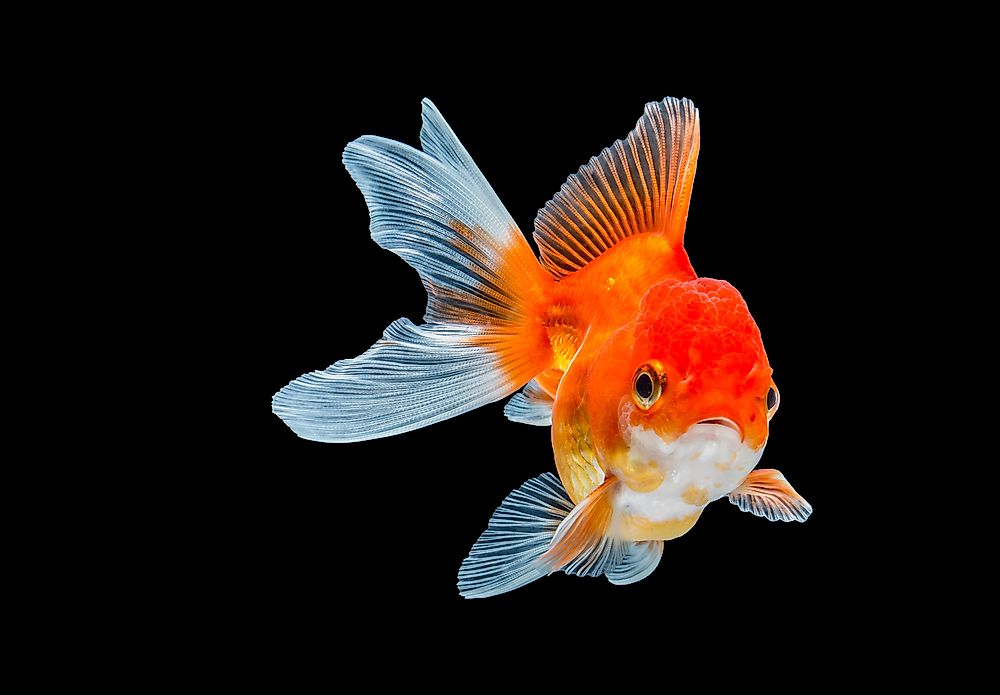What is a Stenohaline Organism?

Introduction
Stenohaline organisms are species that can only tolerate specific ranges of salinities. They can not handle a high amount of shifts of salt content in water and the organism's tolerance for salt content depends on the type of species it is. Freshwater fish like goldfish are not able to survive in sea water because of the high content of salt. The same applies to fish that live in saline water, except they are unable to survive in fresh water.
Most stenohaline organisms are osmoconformers which means their bodies do not change in osmolarity depending on the salinity of their surroundings. The internal environment of a stenohaline organism is isosmotic to the external environment.
A euryhaline organism is the opposite of a stenohaline organism. A euryhaline organism can withstand different salinities and can cope with a wide range of different environments. They can migrate from freshwater to saltwater and even to brackish water. Euryhaline organisms are osmoregulators meaning they can control the level of salt content in its body. An example of a euryhaline organism is the Atlantic stingray. Below are examples of stenohaline organisms.
1. Goldfish
A goldfish is a freshwater fish that is a popular domesticated fish in aquariums. Its binomial name is Carassius auratus and it is from the Cyprinidae family. Selective breeding has led to the different color variations of goldfish. The goldfish only survives in fresh water and dies in sea water because it cannot withstand the level of ion in salt water. Goldfish can survive in cold temperatures but die in high temperatures. They generally live in temperatures between 10-20°C. The color of a goldfish depends on the amount of light present in its habitat. This species of fish was the first to be domesticated which is why there are so many varieties.
2. Haddock fish
The Haddock fish is a marine fish that can tolerate high salinity. Haddock fish are found in the northern part of the Atlantic Ocean and areas around it. The Haddock fish has a black line that runs laterally on its white side. This fish survives in temperatures between 2-10°C and is normally found at depths of 40-133 meters. Haddock feed on small invertebrates and are not able to survive in freshwater because they are osmoconformers. The level of salt in their body is equal to their surroundings. They are unable to adjust to an environment with low salt content.
Conclusion
Unlike euryhaline species, stenohaline species are not flexible and their survival is minimal in environments where salinity changes over time. Stenohaline fish do not normally migrate, unlike the euryhaline fish that can move from waters of low salinity to those of high salinity. Euryhaline organisms spend more energy in osmoregulation unlike stenohaline organisms.











